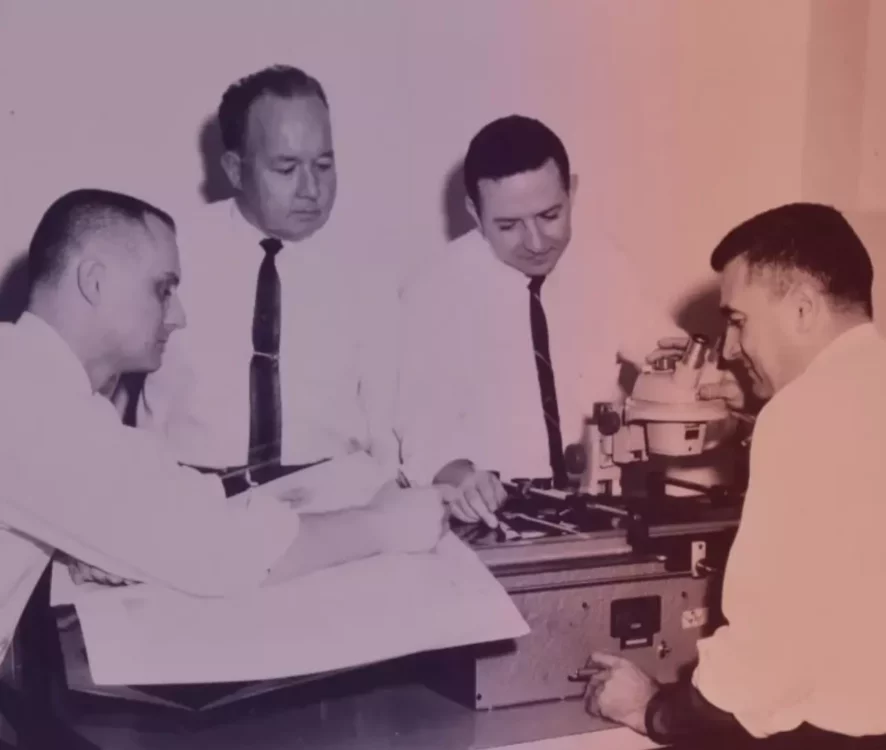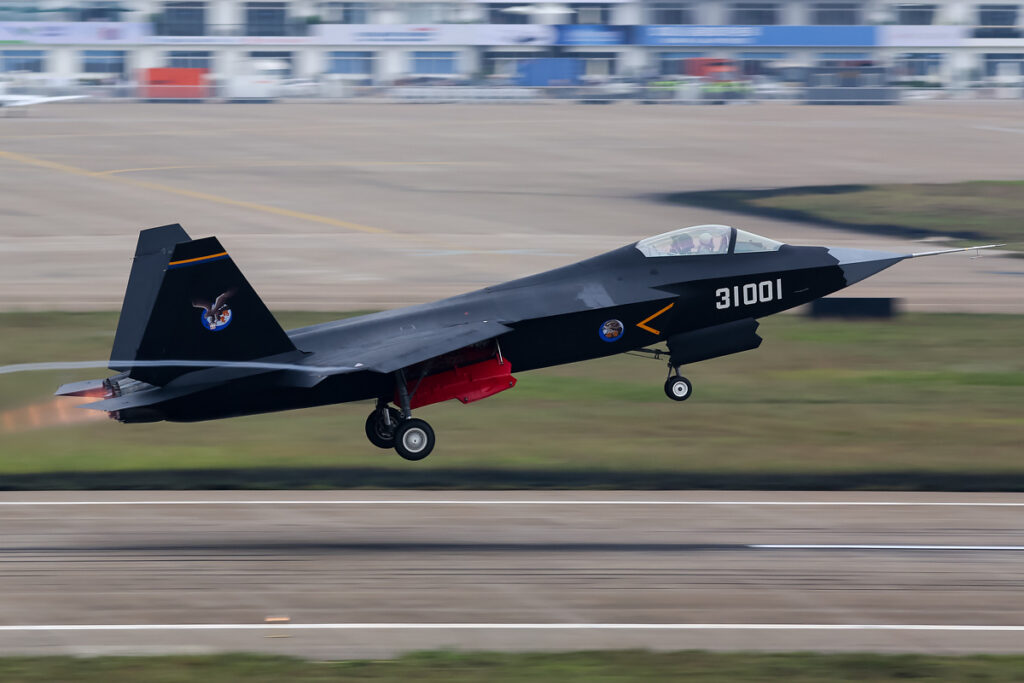The CIA used miniature models to meticulously plan high-stakes operations
- By Coffee or Die
Share This Article

This article by Matt Fratus was originally published by Coffee or Die.
On the morning of July 31, 2022, Ayman al-Zawahiri was standing on the balcony of his home overlooking the Afghan capital of Kabul when he was suddenly obliterated by two missiles fired by an American drone flying overhead. For anyone still paying attention to the Global War on Terror, it was a significant event. Not only had al-Zawahiri been a top Al-Qaeda official and former deputy to 9/11 mastermind Osama bin Laden, but his killing also revealed to the world that the United States military was still conducting counterterrorism operations in Afghanistan a year after it had withdrawn all of its ground forces from the country.
Weeks after the operation, the CIA released declassified information and materials associated with the strike. These included a three-dimensional replica of al-Zawahiri’s home, which is now on display at the CIA’s private museum in Langley, Virginia. The tabletop-sized model of the three-story structure, replete with a tiny balcony and courtyard surrounded by barbed wire, had been presented to President Joe Biden as part of the CIA’s case for carrying out the brazen mission. As vice president at the height of the War on Terror, Biden would have seen many models like it, including one of the compound in Abbottabad, Pakistan, where bin Laden was killed by Navy SEALs.

Since the 1960s, the CIA’s National Photographic Interpretation Center (NPIC) has produced hundreds of miniature models of enemy weapon systems, prisons, government buildings, safehouses, and various other types of structures. The models are used by defense strategists and top-level military commanders to plan and brief high-stakes operations. Depending on the scope of the operation, the models can be as small as a shoe box or big enough to cover the entire surface of a conference table. Each is meticulously crafted to be as close to the real thing as possible. To replicate finite details, like animals in a courtyard, security bars on windows, or deviations in terrain, modelers rely on intelligence reports and images captured by satellites and U-2 surveillance aircraft.
Kenny Lane, who spent more than 20 years working in the NPIC’s three-dimensional shop, told the LA Times in 1997 that he designed realistic models for a number of high-profile operations. During his career, he built replicas of the infamous Son Tay prison that housed American prisoners of war in Vietnam, Manuel Noriega’s vacation home in Panama, and even the Kremlin. In 1985, he traveled to Moscow to see the actual Kremlin for the first time up close. “It was an unbelievable feeling, standing there and physically seeing what you had already modeled,” he recalled. “I felt like I had already been there.”
Feature Image: The model built by the CIA for the 2011 raid that killed Al-Qaeda leader Usama bin Laden in Abbottabad, Pakistan. (Photo courtesy of the CIA)
Read more from Sandboxx News
- Why China’s new J-35 jet could mean trouble for America
- The French once put a cannon on a Vespa and sent it to war
- Is Elon Musk right saying that fighter jets have become obsolete?
- Marines deploy new system to take out ships in the Pacific
- How does China’s new J-35 stealth fighter compare to America’s F-35?
Related Posts
Sandboxx News Merch
-

‘Sandboxx News’ Dad Hat
$27.00 Select options This product has multiple variants. The options may be chosen on the product page -

‘AirPower’ Golf Rope Hat
$31.00 Select options This product has multiple variants. The options may be chosen on the product page -

‘Kinetic Diplomacy’ Bumper Sticker (White)
$8.00 Add to cart
Coffee or Die
Coffee or Die Magazine is Black Rifle Coffee Company’s online news and lifestyle magazine. Launched in June 2018, the magazine covers stories both about and for the military, first responder, veteran, and coffee enthusiast communities.
Related to: Military History, Special Operations

Video: How good is China’s new stealth fighter?

Who dares wins: The importance of defeat in being successful

Marines deploy new system to take out ships in the Pacific

British intelligence once hacked al-Qaeda just to mess with them
Sandboxx News
-

‘Sandboxx News’ Trucker Cap
$27.00 Select options This product has multiple variants. The options may be chosen on the product page -

‘AirPower’ Classic Hoodie
$46.00 – $48.00 Select options This product has multiple variants. The options may be chosen on the product page -

‘AirPower’ Golf Rope Hat
$31.00 Select options This product has multiple variants. The options may be chosen on the product page -

‘Sandboxx News’ Dad Hat
$27.00 Select options This product has multiple variants. The options may be chosen on the product page
